KDL-40SL130
BRAVIA®
S
-
Series Digital LCD Television
HDTV with ATSC™ Digital Tuner with QAM
BRAVIA Engine™ full digital video processor
16:9 HD Resolution Panel (1366x768)
Light sensor backlighting control
Space saving bottom speaker design
VESA compatible mounting holes
BRAVIA Engine
™
Full Digital Video Processor
BRAVIA®
S
-Series LCD televisions use Sony's BRAVIA Engine™
full digital
video processor for crisp and clear images. Several special picture enhancement technologies are integrated into the
processor to create better gradations with more detail, enhance contrast, and dynamically improve color performance.
> Digital Noise Reduction Circuits: Reduces block noise and mosquito noise by using pixel-level filtering to reproduce a clean
and clear picture. And Motion Vector Noise Reduction reduces just the noise in the video signal for video further reducing
unwanted noise and blur artifacts.
> Digital Contrast Enhancer circuit: Improves contrast by enhancing all areas from dark to bright in parallel with texture control
providing a three dimensional picture.
> Color Reality signal processing enables the expression of all the colors of life in vivid detail for dark and bright scenes.
Details in dark areas of the picture are there, just like they are supposed to be.
Live Color Creation (featuring WCG
-
CCFL)
Live Color Creation is a special Sony function that achieves precise, wide color
reproduction using a combination of advanced chroma signal processing algorithms. A special wide color gamut backlight
(WCG-CCFL) is coupled with Sony’s Live Color Creation circuitry. The benefit is clear blues, natural greens and overall vibrant
colors in all scenes.
Xross Media Bar (XMB
™
)
On
-
Screen Menu System
Xross Media Bar is Sony’s Emmy Award winning on-screen navigation
that provides quick access to various set up functions and features. For instance selecting different types of media is made
fun and easy by scrolling horizontally across icons until you find the type of media you are looking for. After selecting the
media type, a list of its content appears as vertical thumbnails. Key set up menus and features work the same way. The main
benefit of the XMB™ is that users can navigate through on-screen menus without taking their eyes off of their TV.
DMe Compatibility
DMe
compatibility allows the connection and operation of a whole new category of products that is
being developed by Sony (sold separately). The first of these products is the optional BRAVIA® Internet Video Link module.
BRAVIA
® Theatre Sync
™
BRAVIA® Theatre Sync™ reduces the hassle and time consuming job of powering up, changing the
signal routing, and adjusting other functions to the simple push of one button. All you need to do is to connect BRAVIA®
Theatre Sync™ capable products to each other via one HDMI cable. The rest is easy. For instance, the One Push Play function
activates by touching the play button on the remote and BRAVIA® Theatre Sync™ takes over from there. The BRAVIA® Home
Theatre System and TV turn on. The DVD input on the BRAVIA® Theatre system and TV activates. The TV mutes. And finally the
DVD plays. There are two other BRAVIA® Theatre Sync™ functions - One-Push Theatre Settings, which provides optimal picture
and sound settings for movies and One-Push System Shut Down for turning off the entire home entertainment system.
BRAVIA
® Internet Video Link
The first DMe product to be introduced to the market is the DMX-NV1 BRAVIA® Internet
Video Link module (sold separately). BIVL, as it is affectionately called, can stream available Internet video from select content
providers directly to your TV with a broadband connection without the need for a PC.
S
-
Force
™
Front Surround
S
-Force™ Front Surround is a virtual surround sound experience made possible using just two
front speakers ? in select BRAVIA models. To accomplish this, Sony spent several years studying how our ears work. By
understanding exactly how we recognize the origin, direction, volume and timing differences in sound right and left ear, Sony
was able to create complex audio processing that delivers dynamic virtual surround sound without the need to bounce
sound off walls and back to the listener.


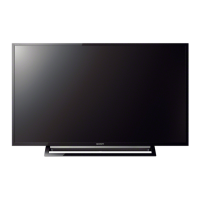
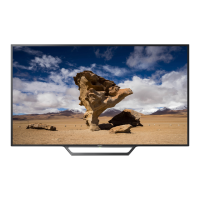

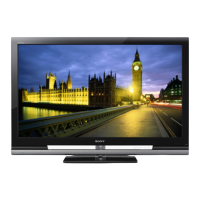

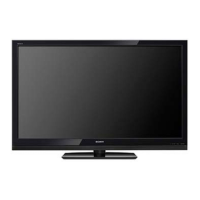
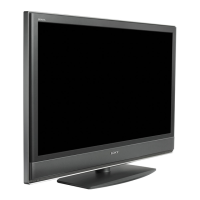



